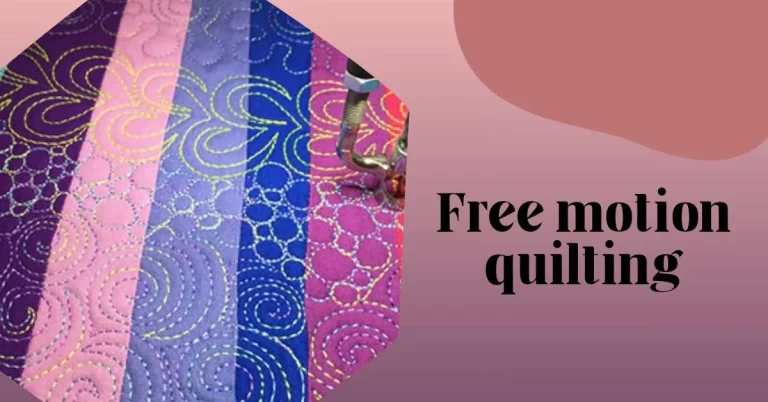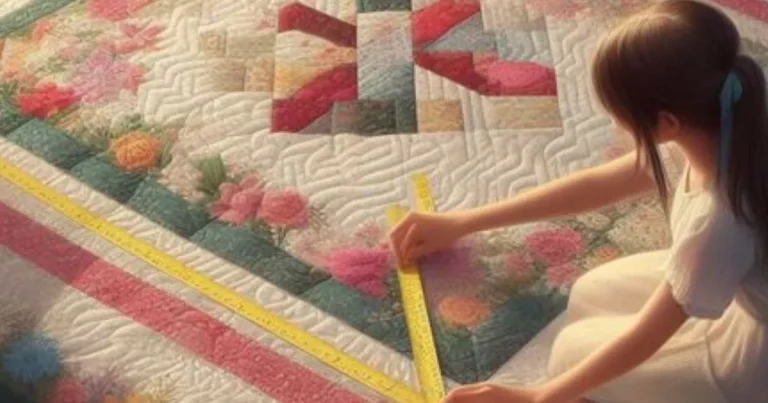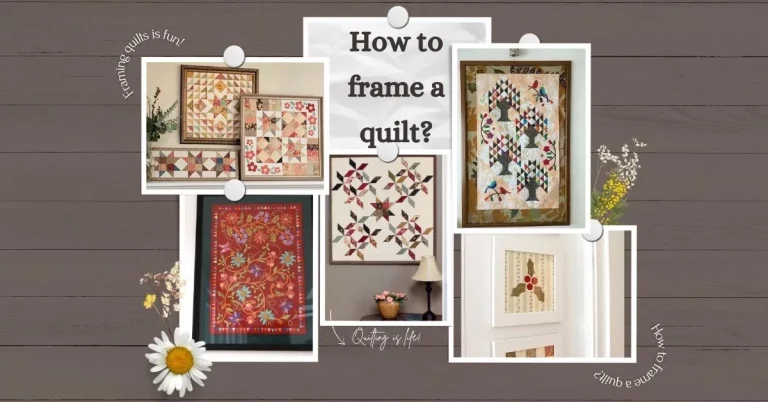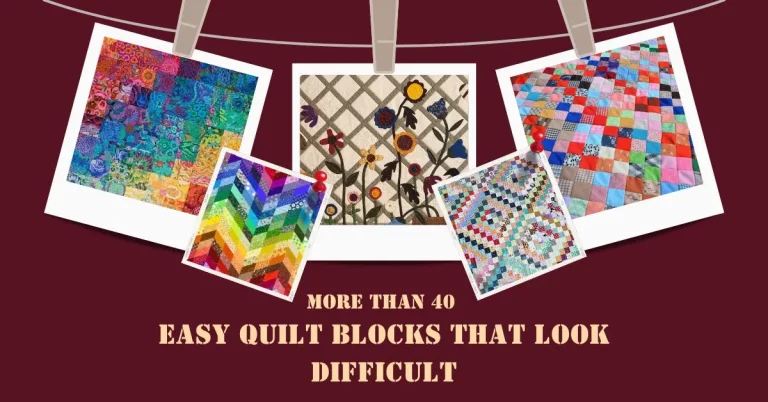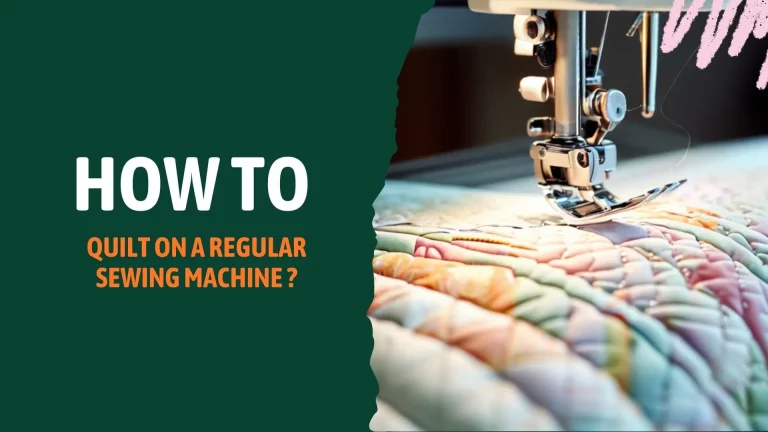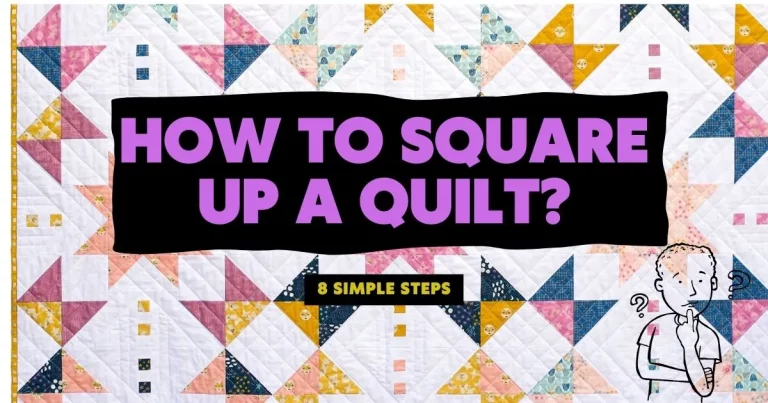FAT QUARTER & FAT EIGHTH: TIPS, TRICKS & USES
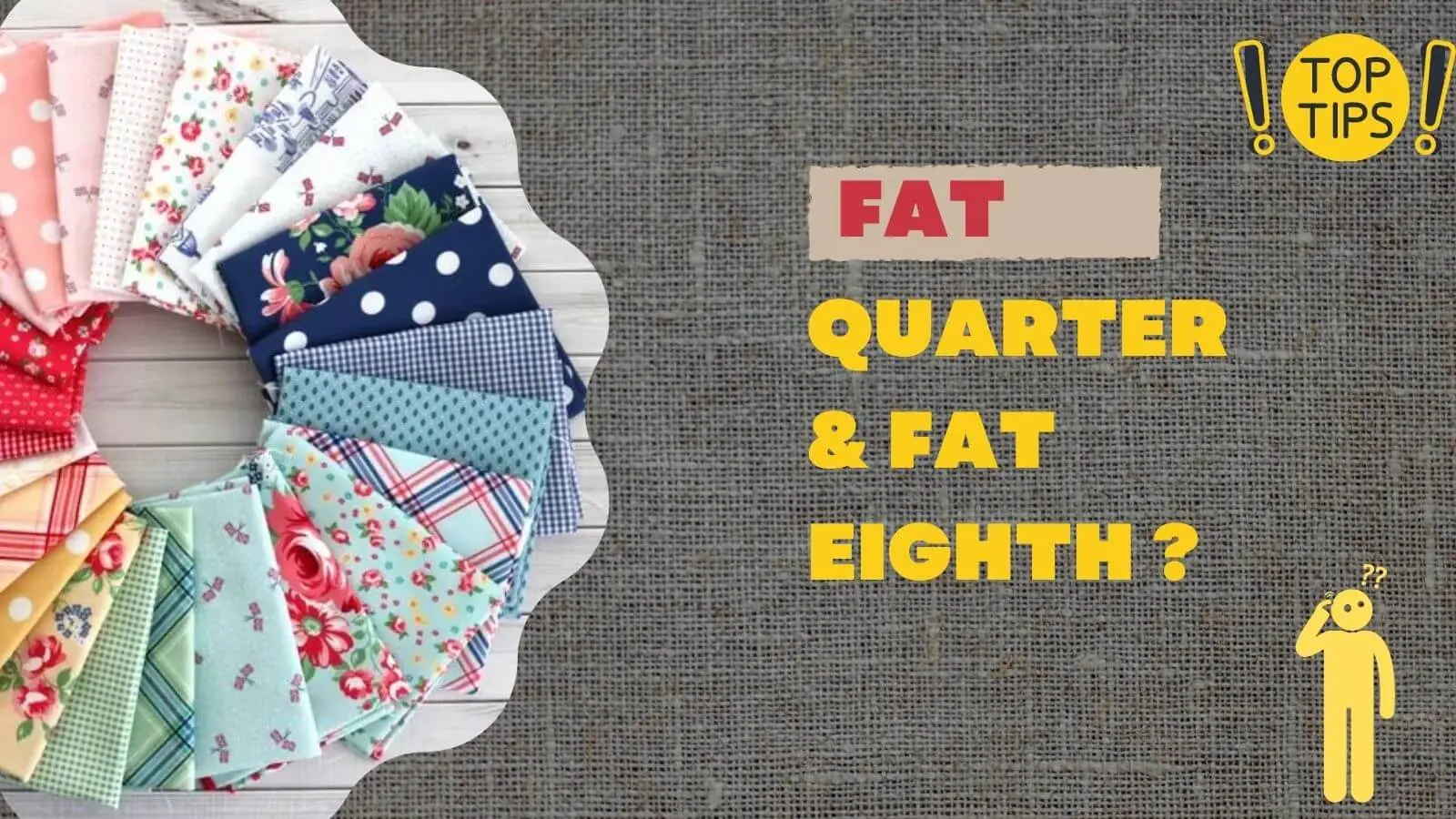
What exactly is a fat quarter? Have you ever wondered why this term is widely used in the world of sewing and quilting? How does a fat quarter differ from traditional fabric cuts? If you’re new to the sewing scene or looking to expand your fabric knowledge, understanding the ins and outs of a fat quarter can open up a world of creative possibilities. So, let’s delve into the intriguing world of fat quarter and fat eighth and discover why they have become an indispensable resource for quilters, crafters, and seamstresses alike.
What is a fabric fat quarter?
A fabric fat quarter is a term commonly used in sewing and quilting to describe a specific cut of fabric. Unlike traditional fabric cuts, which are typically measured in yards or meters, a fat quarter is created by cutting a half-yard of fabric in half lengthwise. This results in a rectangular piece of fabric measuring approximately 18 inches by 22 inches (or 45 cm by 55 cm).
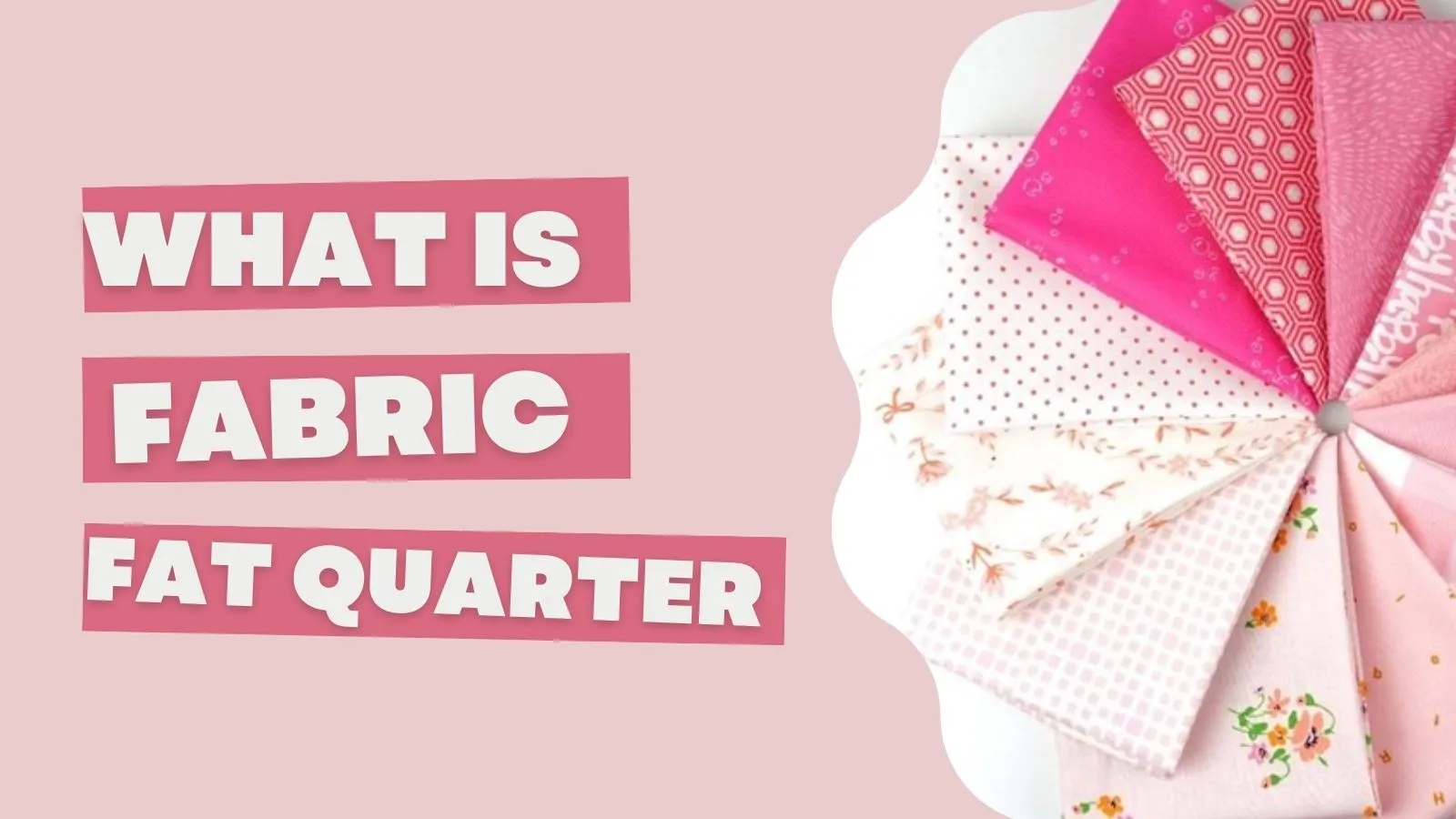
Why is it called a fat quarter?
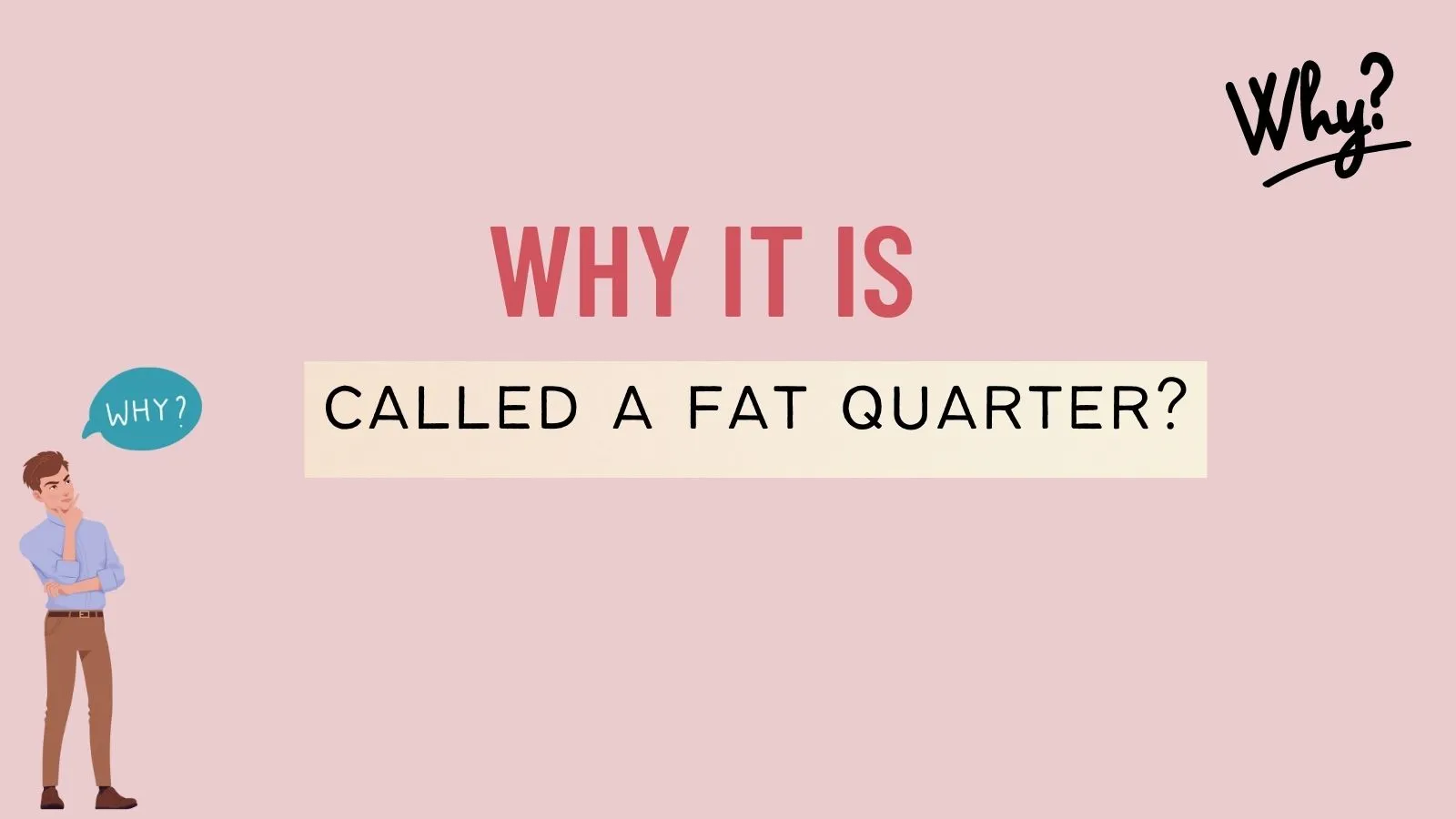
Can fat quarter be made from other fabrics?
Yes, fat quarters can be made from various types of fabrics. The term “fat quarter” refers to the size and shape of the fabric cut, rather than the specific material used. Whether its cotton, flannel, or even specialty fabrics like silk or velvet, any fabric can be cut into a fat quarter as long as it follows the dimensions of approximately 18 inches by 22 inches.
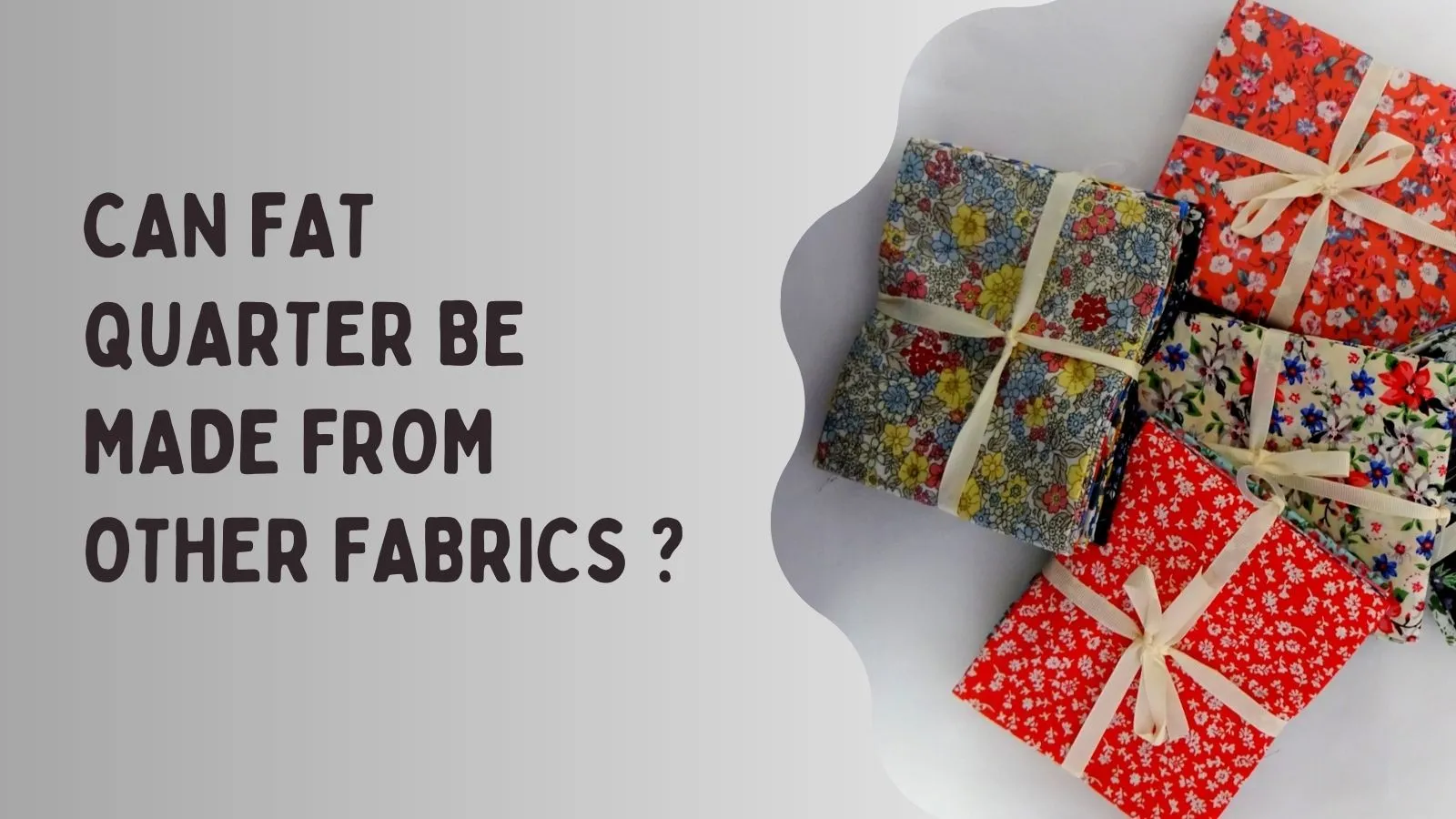
Ways to cut fat quarter
Method 1: Half-Yard Lengthwise
This method involves taking a half-yard of fabric and cutting it in half lengthwise. This results in two fat quarters, each measuring approximately 18 inches by 22 inches. It’s a straightforward and commonly used technique to create fat quarters.
Method 2: Full Yard Fold and Width
With this method, a full yard of fabric is folded in half and then cut along the fold and width. This process yields four fat quarters, each measuring approximately 18 inches by 22 inches. It provides a larger quantity of fat quarters from a single piece of fabric.
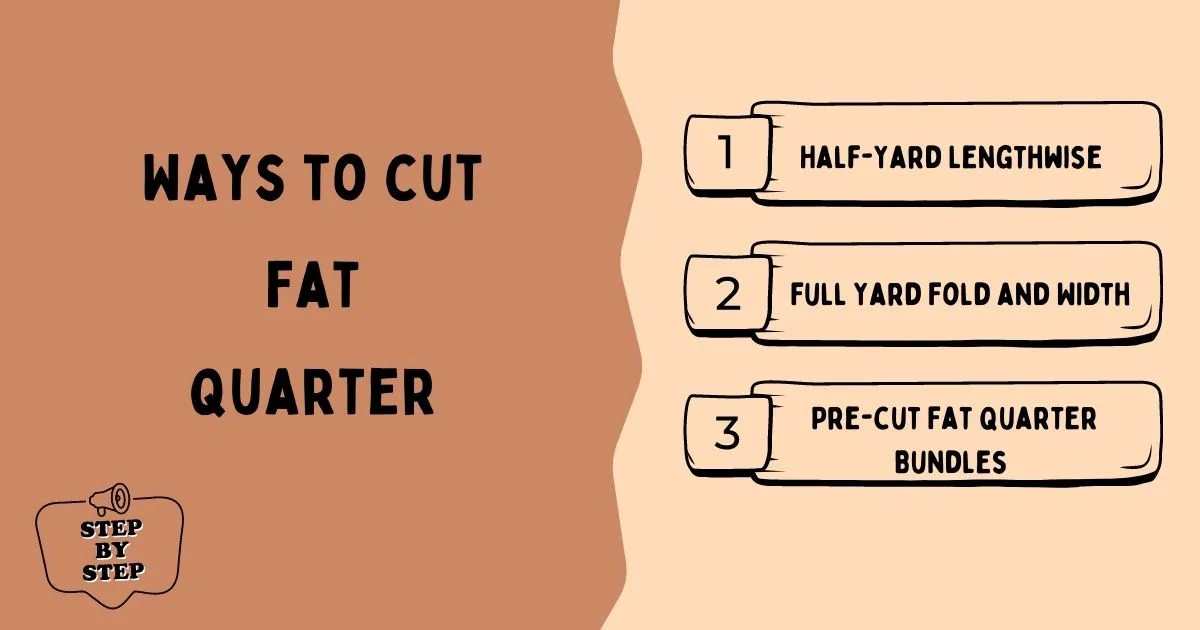
Convenience: Pre-cut Fat Quarter Bundles
Alternatively, you can opt for pre-cut fat quarter bundles available in fabric stores. These bundles come with an assortment of coordinating fabrics, already cut into fat quarters. They offer convenience and a curated selection of fabrics, making it easier to start a project without the need for individual cutting.

What is a Fat quarter in centimeters?
A fat quarter is approximately (45 centimeters by 55 centimeters). This versatile fabric cut is widely used in sewing and quilting projects. With its convenient size, a fat quarter provides ample fabric for various crafts and allows for creative flexibility in designing and combining different patterns and textures.
How big is a fat quarter?
A fat quarter is a rectangular piece of fabric that typically measures around 45 centimeters by 55 centimeters (or 18 inches by 22 inches). This size provides ample fabric for sewing and quilting projects, allowing for various creative applications.
With its dimensions, a fat quarter is versatile and well-suited for making patchwork quilts, small accessories, and intricate appliqué work. Its compact size makes it easy to handle and store, while still offering enough fabric to showcase different designs, patterns, and textures in a single piece.
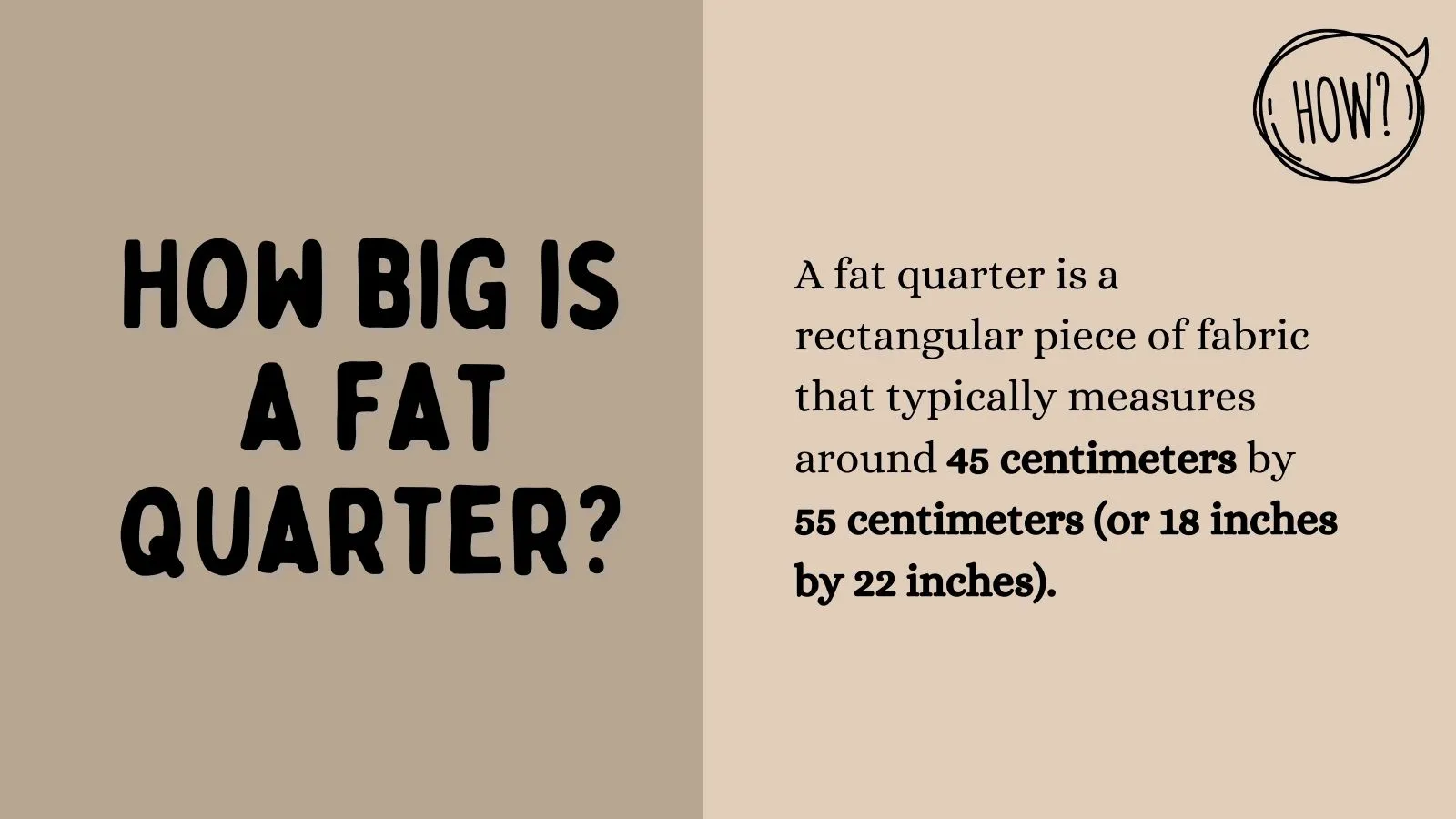
More ways to cut fat quarter?
Strip Cutting
Instead of cutting the fat quarter into individual pieces, you can cut it into long strips of varying widths. These strips can then be used for strip piecing, borders, or binding in quilting projects.
Charm Pack
Cut the fat quarter into smaller squares, typically measuring 5 inches by 5 inches. These squares can be used to create charm packs, which are popular for small patchwork projects or to add variety to quilt blocks.
Triangle Cutting
Cut the fat quarter into triangles of different sizes, such as half-square triangles or quarter-square triangles. These triangles can be used for creating interesting geometric patterns or for adding design elements to quilts.
Shape Cutting
Use templates or specialty rulers to cut the fat quarter into specific shapes like circles, hexagons, or diamonds. These shapes can then be used for appliqué, English paper piecing, or creating unique quilt blocks.

FAT QUARTER CUTTING QUICK TIP
Remember, the possibilities for cutting fat quarters are virtually endless, limited only by your creativity and the specific needs of your project.
Methods for Cutting Fat Quarter: Quick overview
| Fat quarter cutting Method | Description for cutting | Uses of fat quarter |
| Half-Yard Lengthwise | Two fat quarters measuring 18″ x 22″ each | Versatile for various sewing and quilting projects. |
| Full Yard Fold and Width | Four fat quarters measuring 18″ x 22″ each | Provides a larger quantity of fat quarters for projects requiring more fabric. |
| Pre-cut Fat Quarter Bundles | Ready-made bundles of coordinating fabrics already cut into fat quarters. | Convenient option, saves time and offers coordinated fabrics for projects. |
| Strip Cutting | Cut fat quarter into long strips of varying widths. | Ideal for strip piecing, borders, or binding in quilting projects. |
| Charm Pack | Cut fat quarter into smaller squares (typically 5″x5″). | Perfect for small patchwork projects or adding variety to quilt blocks. |
| Triangle Cutting | Cut fat quarter into triangles of different sizes. | Great for creating geometric patterns or adding design elements to quilts. |
| Shape Cutting | Use templates to cut fat quarter into specific shapes. | Ideal for appliqué, English paper piecing, or creating unique quilt blocks. |
| Diagonal Cutting | Cut fat quarter diagonally to create triangles. | Adds interest to quilt layouts, borders, or design elements in projects. |
| Curved Cutting | Cut fat quarter into curved shapes using templates or freehand cutting. | Adds fluidity and movement to quilt blocks or appliqué designs. |
| Specialty Shapes | Cut fat quarter into unique specialty shapes (e.g., hearts, stars, flowers). | Use as focal points or embellishments in sewing or quilting projects. |
| Layered Cutting | Stack multiple fat quarters together and cut them simultaneously. | Useful for creating coordinated pieces for larger-scale projects. |
How many fat quarters are present in one yard of fabric?
In one yard of fabric, you can get four fat quarters. By folding the yard in half lengthwise and then cutting along the fold and width, you will end up with four individual fat quarters, each measuring approximately 18 inches by 22 inches. This cutting method maximizes the number of fat quarters you can obtain from a single yard of fabric, providing versatility and options for your sewing and quilting projects.
Are all fat quarters same?
Fat quarters are not all the same. They vary in design, color, and fabric content. With a wide variety of prints and patterns available, each fat quarter offers unique creative possibilities for sewing and quilting projects. Only standard measurements remain the same.
What is the difference between fat quarter and quarter yard of fabric?
The main difference between a fat quarter and a quarter yard of fabric lies in their dimensions and cutting method. A fat quarter is cut wider, measuring approximately 18 inches by 22 inches, while a quarter yard is a long, narrow strip measuring 9 inches by the full width of the fabric. This difference in cutting allows fat quarters to provide more versatility and larger usable fabric pieces compared to quarter yards.

How to buy fat quarter?
Uses of fat quarter – Best DIY projects of fat quarter

Quick tips – to sew with fat quarters
What is fat eighth?
A fat eighth is a term used in the world of quilting and fabric crafts to refer to a piece of fabric that is cut in half widthwise and then cut in half again lengthwise. This results in a piece of fabric that measures approximately 9 inches by 22 inches. A fat eighth is half the size of a fat quarter and is often used for smaller projects or when a smaller amount of fabric is needed. It provides a convenient size for various sewing and quilting applications, offering versatility and allowing for efficient use of fabric.
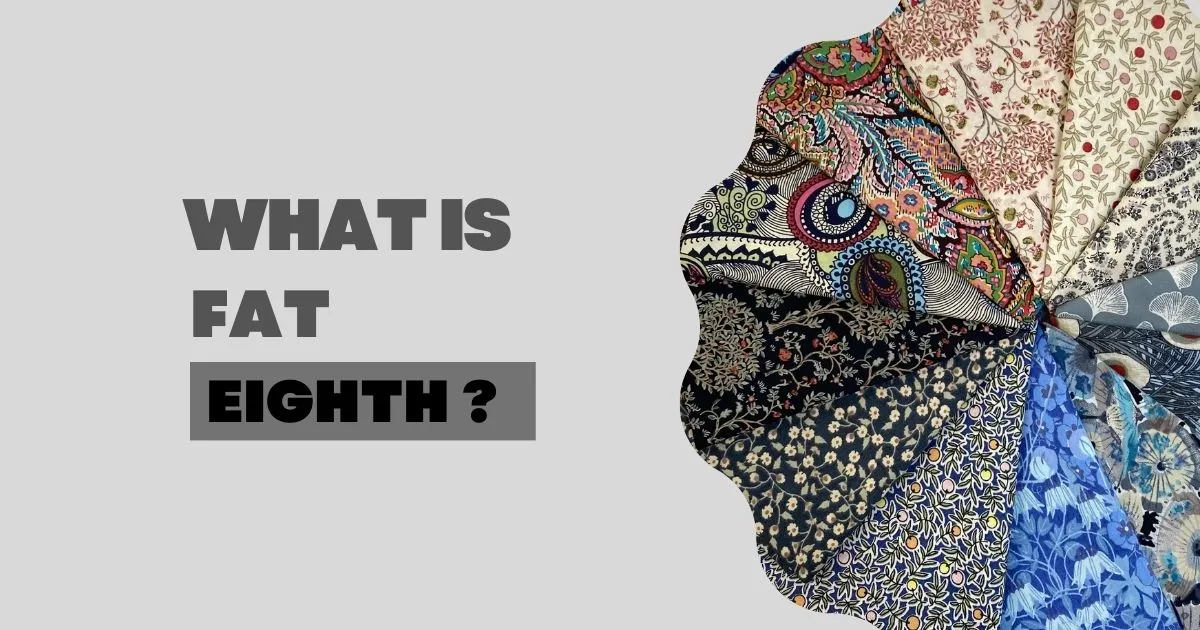
Read More: Easy quilt blocks that look difficult
More ways to cut pre-cut fabrics
Charm Packs
Cut fabric into small squares, typically measuring 5 inches by 5 inches, often used for patchwork projects or creating variety in quilt blocks.
Jelly Rolls
Cut fabric into long strips, usually 2.5 inches wide, allowing for quick and easy strip piecing.
Layer Cakes
Cut fabric into larger squares, typically 10 inches by 10 inches, offering a generous size for block construction or creating large-scale quilt designs.
Honey Buns
Cut fabric into narrower strips, usually 1.5 inches wide, suitable for strip piecing or intricate designs.
| Fat quarter and fabric eighth cutting chart | ||
| Characteristic | Fat Quarter | Fabric Eighth |
| Size | Approximately 18″ x 22″ (W x L) | Approximately 9″ x 22″ (W x L) |
| Dimensions | Wider and longer rectangular shape | Narrower and shorter rectangular shape |
| Fabric Quantity | Provides more fabric for projects | Provides a smaller amount of fabric |
| Versatility | Suitable for a wide range of projects, including larger-scale designs | Ideal for smaller projects or when less fabric is needed |
| Common Uses | Quilting, large-scale projects, bags, garments | Small-scale projects, accents, appliqué |
| Cutting Methods | Can be cut into various shapes, strips, or squares | Can be cut into strips, squares, or triangles |
How Sewers Can Use Fat Quarters
Conclusion
In conclusion, fat quarters and fat eighths are valuable fabric cuts that offer endless creative possibilities in sewing, quilting, and crafting. With their unique dimensions and versatility, they allow for efficient fabric utilization and provide options for projects of various scales. Whether you’re quilting, creating accessories, or embellishing your crafts, incorporating fat quarters and fat eighths into your fabric stash opens up a world of design opportunities. So, embrace the potential of these fabric cuts and let your imagination soar as you bring your fabric creations to life.

